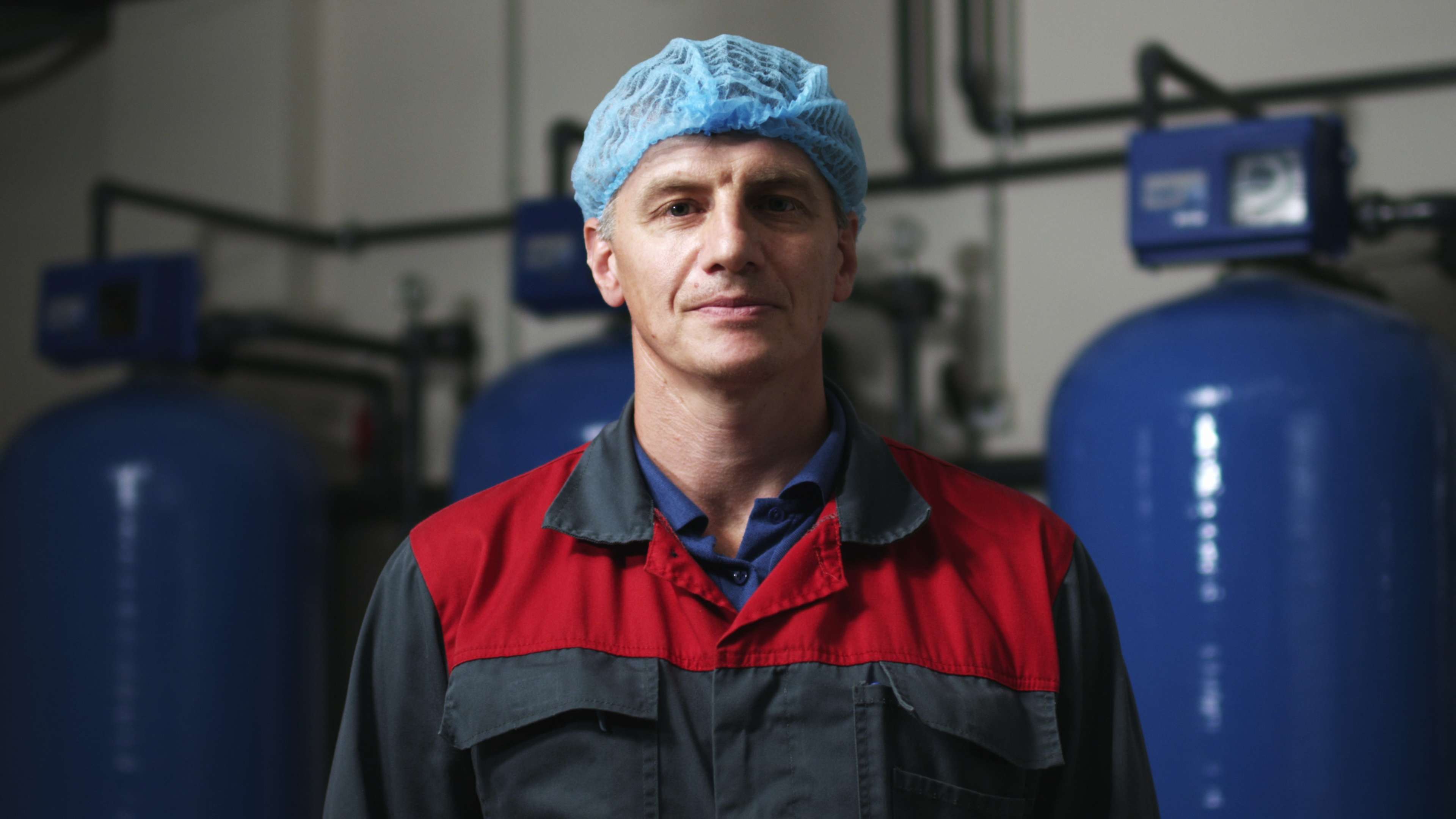The Evolution of Aviation Textile Technology

The aviation industry has always been at the forefront of technological innovation, and uniform materials are no exception. Today's aviation textiles represent decades of research and development, combining advanced fiber science with practical performance requirements to create fabrics that were unimaginable just a generation ago.
Modern aviation uniforms must meet stringent requirements: flame resistance, durability, comfort across varying climates, professional appearance, and increasingly, environmental sustainability. The materials that achieve these goals represent some of the most sophisticated textile engineering in the world.
Industry Standard
Aviation uniforms must comply with international safety standards including flame resistance (FAR 25.853), while maintaining comfort and professional appearance throughout 12+ hour shifts.
Smart Fabric Technologies
Temperature Regulation Systems
Phase Change Materials (PCMs) integrated into fabric fibers can absorb, store, and release heat to maintain optimal body temperature. These materials are particularly valuable for aviation crews who experience dramatic temperature changes between air-conditioned aircraft and hot tarmacs.
Micro-Encapsulated PCMs
- • Paraffin-based temperature regulation
- • 15-30°C comfort range maintenance
- • Washable and durable integration
- • Invisible to the wearer
Adaptive Fiber Technology
- • Shape-memory alloy fibers
- • Automatic ventilation adjustment
- • Responsive to body heat
- • Enhanced breathability
Moisture Management Innovation
Advanced moisture-wicking technologies go beyond simple polyester blends. Modern aviation fabrics incorporate multi-layer moisture transport systems that move perspiration away from the skin through capillary action while maintaining fabric integrity and appearance.
Antimicrobial and Odor-Control Technologies

Long-haul flights and extended duty periods require fabrics that maintain freshness and hygiene. Modern antimicrobial treatments use silver nanoparticles, copper ions, and natural antimicrobial compounds to prevent bacterial growth and odor formation.
Health Benefits
Antimicrobial treatments reduce bacterial growth by up to 99.9%, significantly improving hygiene and reducing the risk of skin irritation during extended wear periods.
Natural Antimicrobial Solutions
- Merino wool with natural antimicrobial properties
- Bamboo fiber integration for natural odor resistance
- Chitosan treatments derived from shellfish
- Essential oil micro-encapsulation
Sustainable Material Innovations
Environmental sustainability has become a critical consideration in aviation uniform materials. The industry is embracing recycled fibers, bio-based materials, and circular economy principles to reduce environmental impact while maintaining performance standards.
Recycled and Bio-Based Fibers
Recycled Polyester
Made from plastic bottles and textile waste
- • 50% less energy consumption
- • Identical performance to virgin polyester
- • Reduces landfill waste
Bio-Based Nylon
Derived from renewable plant sources
- • 70% lower carbon footprint
- • Superior durability
- • Biodegradable options available
Tencel Lyocell
Sustainably sourced wood pulp fiber
- • Closed-loop production
- • Natural moisture management
- • Silk-like feel and drape
Performance Enhancement Technologies
Stain and Soil Resistance
Aviation uniforms face unique challenges from food service, mechanical work, and passenger interaction. Advanced stain-resistant treatments create molecular barriers that prevent soil penetration while maintaining fabric breathability and appearance.
Performance Metric
Modern stain-resistant treatments can repel 95% of common stains while maintaining fabric breathability and requiring 40% fewer wash cycles.
UV Protection and Color Retention
High-altitude UV exposure and frequent washing can degrade uniform appearance. Advanced UV-blocking fibers and colorfast dyes ensure uniforms maintain their professional appearance throughout their service life.
Future Material Technologies
The next generation of aviation uniform materials will incorporate even more sophisticated technologies, including self-healing fibers, integrated electronics, and adaptive camouflage capabilities for specialized applications.
Emerging Technologies
- Graphene-enhanced fibers for superior strength and conductivity
- Self-cleaning surfaces using photocatalytic titanium dioxide
- Integrated flexible electronics for communication and monitoring
- Adaptive opacity materials for privacy and comfort
- Biometric monitoring fibers for health and safety tracking
Future Vision
By 2030, aviation uniforms may incorporate AI-responsive materials that automatically adjust properties based on environmental conditions and wearer needs.
Implementation and Industry Adoption
While these material innovations offer significant benefits, successful implementation requires careful consideration of cost, durability, maintenance requirements, and regulatory compliance. Leading airlines are gradually adopting these technologies through pilot programs and phased rollouts.
The key to successful adoption lies in partnering with experienced uniform manufacturers who understand both the technical requirements and practical constraints of aviation operations.
Experience Advanced Aviation Materials with Uneom
Discover how cutting-edge material innovations can enhance your aviation uniform program's performance, sustainability, and crew satisfaction.
Explore Material Innovation Options